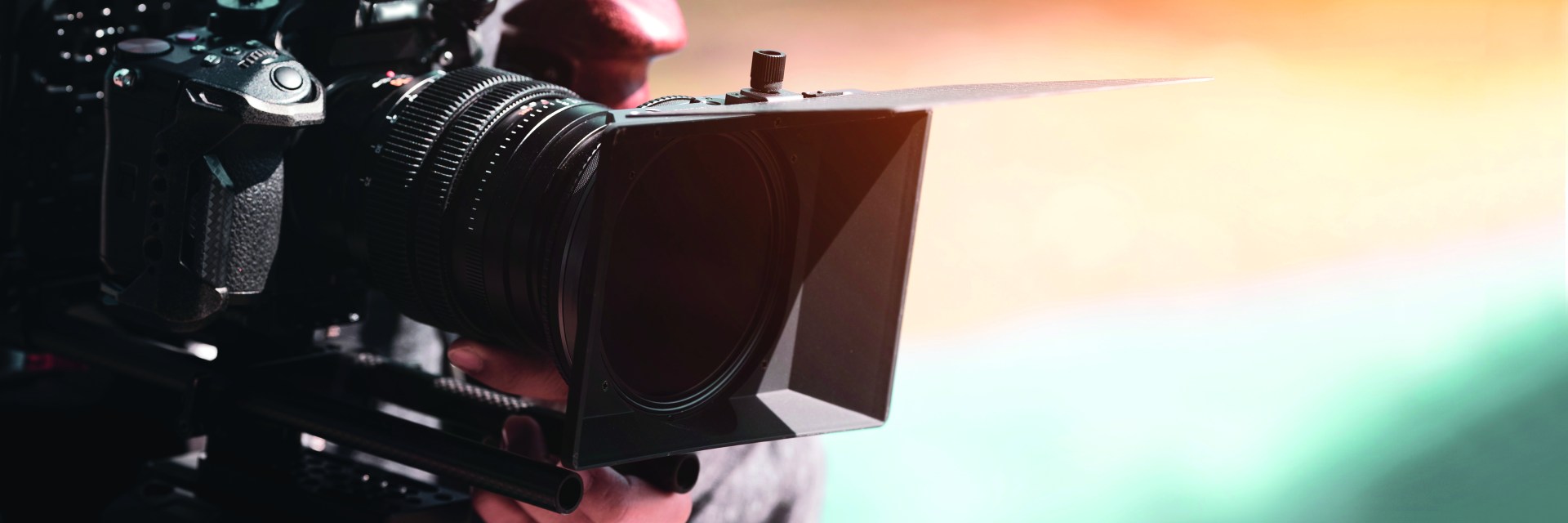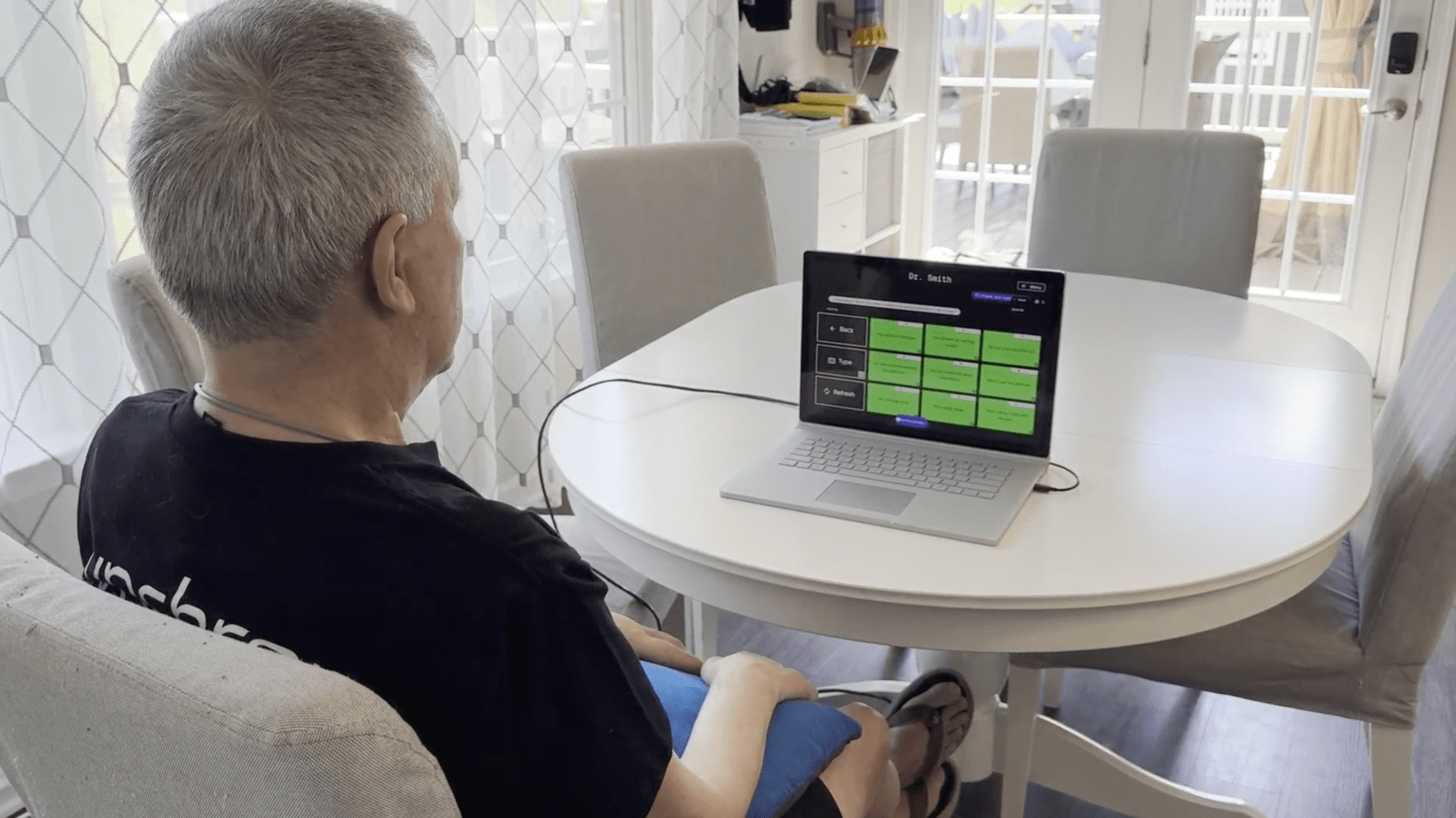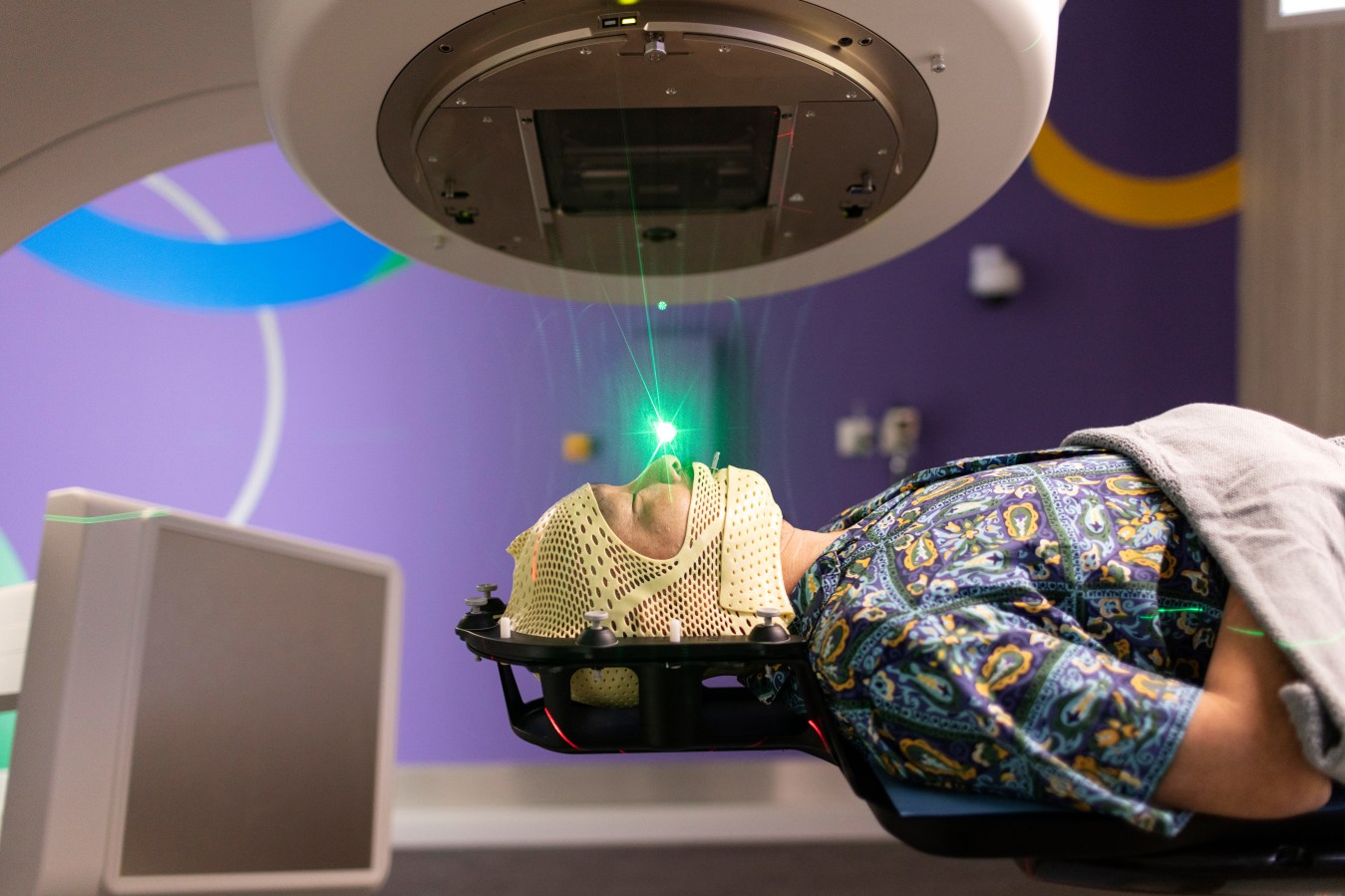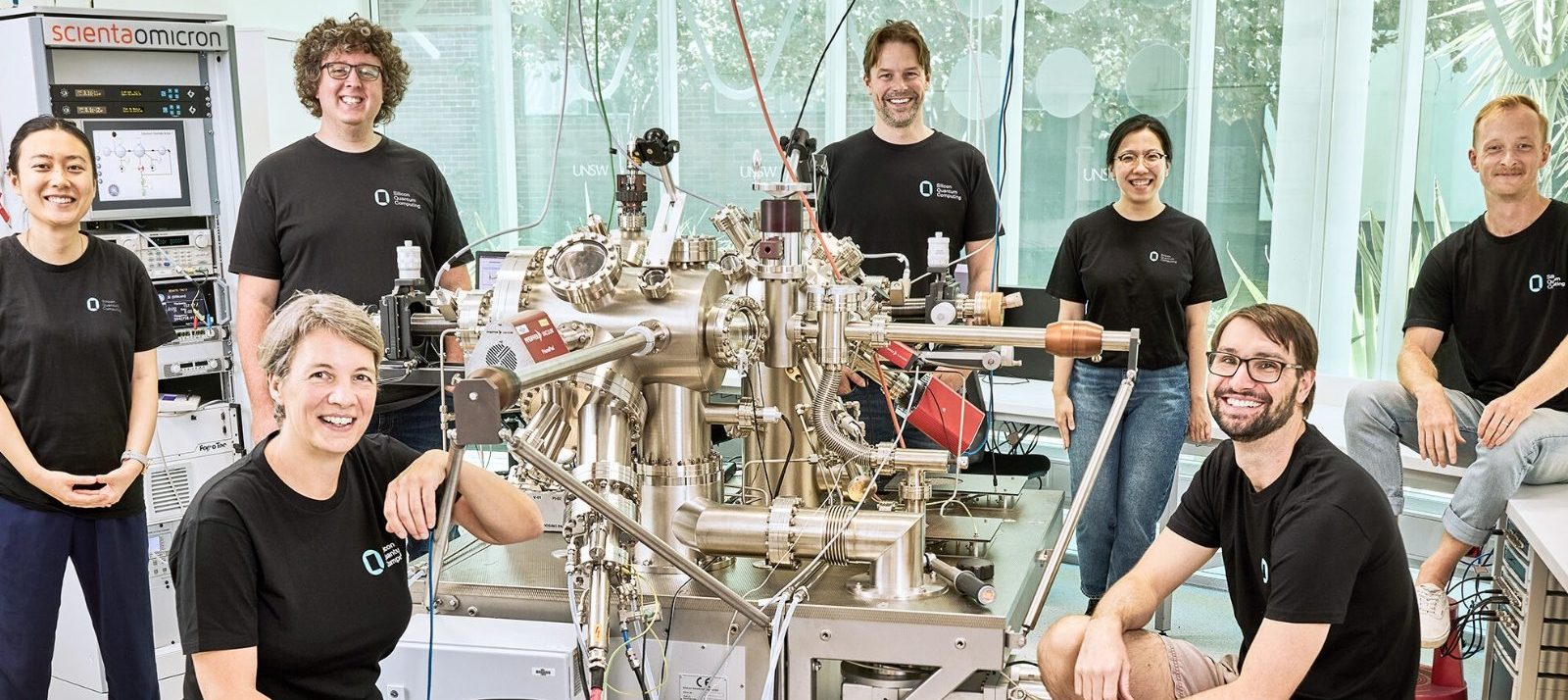For the first time in Australian history, expenditure on scripted screen productions has exceeded $2 billion. However, ongoing skills and capacity challenges remain, and some question whether chasing the dream of ‘Aussiewood’ is misguided.
Issue six of Forbes Australia is out now. Tap here to secure your copy and become a premium member.
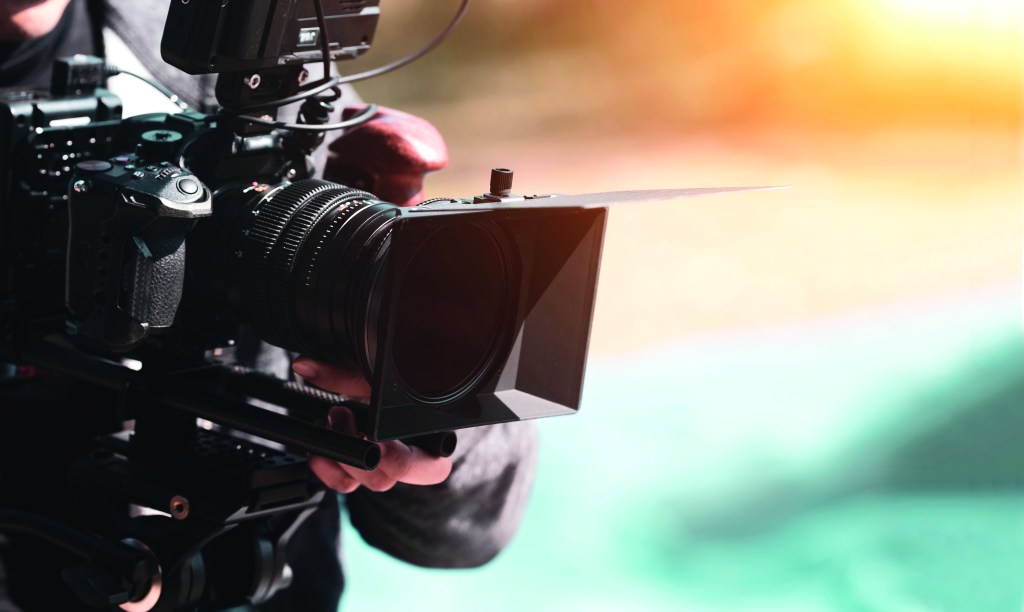
Numbers at a glance
- Expenditure on scripted screen production has exceeded $2 billion for the first time in Australian history, according to Screen Australia’s Drama Report of 2021-22.
- A total of 162 drama screen productions were made for $2.29 billion, up from $1.94 billion the year before.
- Furiosa is currently being filmed in Australia and directed by George Miller. The Mad Max prequel has a budget of $168 million and stars Chris Hemsworth.
- The global filmmaking industry is valued at around USD$94 billion.
- Hollywood has a net worth of $42.5 billion.
- Russell Crowe is backing a $438 million film studio in Coffs Harbour.
- In 2021 the Australian government announced a $433 million package of location incentives, a 16.5% rebate that supports the production of large-budget film and television projects shot in Australia.
During the height of the global Covid-19 pandemic, scores of Hollywood film stars relocated to Australia to make big-budget films in comparative safety – in ‘Aussiewood’. Australia had lower infection rates than most other nations, and it moved quickly to develop safe shooting protocols aimed at minimising the spread of the virus on set.
After May 2020, when the protocols came into effect, Australia became the new ‘go-to destination’ for Hollywood producers. A-listers flocked to Australian shores to make movies, including Julia Roberts, George Clooney, Tom Hanks, Nicole Kidman, Austin Butler, Christian Bale, Matt Damon, Idris Elba, Liam Neeson and Natalie Portman.
“During COVID, there were all these movie stars living in Byron Bay, and it seemed as though Hollywood had relocated to Australia,” says Associate Professor Mark David Ryan from the Film and Television School at the Queensland University of Technology. “There is no doubt that production grew massively.”
Until 10 years ago, the number of international productions being filmed in Australia was highly variable, he adds.
“You might get two films one year, none the next, and five films the following year. In the last five or so years, it’s been growing steadily, and the pandemic accelerated things further.”
For the first time in Australian history, expenditure on scripted screen production has exceeded $2 billion, according to Screen Australia’s Drama Report of 2021-22. A total of 162 drama screen productions were made for $2.29 billion, up from $1.94 billion the year before.
This year appears to be equally productive, with blockbusters like Kingdom of the Planet of the Apes, Godzilla x Kong: The New Empire and Furiosa underway. The latter is the Mad Max prequel with a budget of $168 million. It stars Chris Hemsworth and is directed by legendary Australian filmmaker George Miller.
There has also been a flurry of film studios opening in what some have described as the building of ‘Aussiewood.’
In 2021, Marvel Studios announced that it was moving its headquarters from Atlanta to Sydney for at least the next five years. In 2019, Disney-owned visual effects company Industrial Light & Magic chose Sydney as the location for a new studio where the Kingdom of the Planet of the Apes is being shot.
One of the world’s leading visual effects companies, British company DNEG, has also set up shop, while state governments have committed to building studios in Perth and Cairns.
Other newly opened studios include the Screen Queensland Studios in Brisbane and the Byron Studios in Northern Rivers. In Coffs Harbour, Russell Crowe is one of the backers of a $438 million film studio that will become Australia’s first fully integrated production and post-production studio complex.
“Many elements in the sector are strong right now,” says Matthew Deaner, CEO of Screen Producers Australia. “There’s a lot of appetite from consumers for Australian stories.
Employment levels in the industry are high, and several streaming services have recently launched.”
“However, my concern is that unless we solve some structural challenges, the number of projects will decline as the policy spotlight fades. We need to look at establishing stable, long-term opportunities in Australia.
“We need to have the right skills training, incentives and infrastructure in place, as well as the right regulatory framework.”
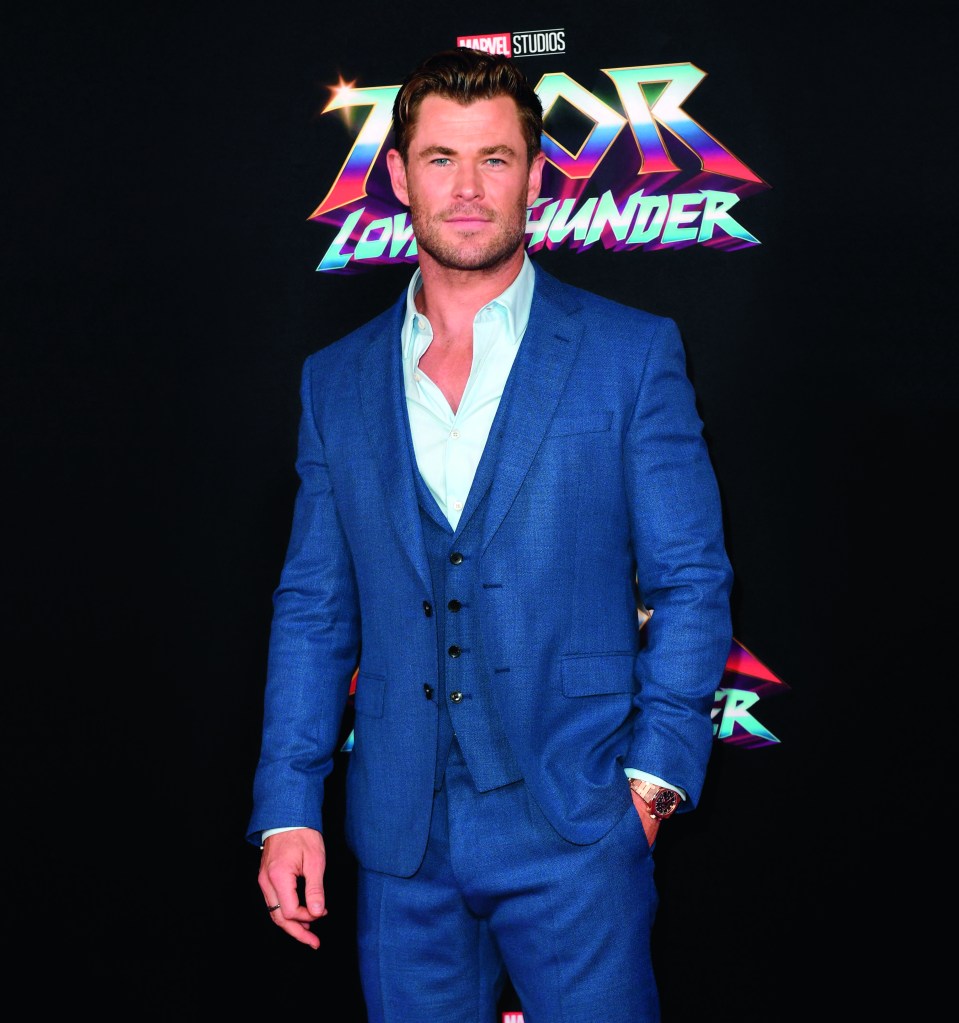
There are already signs that a peak has been reached. Out of the record-breaking $2.29 billion spent in 2021-22, $777 million went to foreign productions. This was a decrease of almost 30% from the year before while still being 35% above the five-year average.
Location, location, location
The federal government is eager to maintain the momentum of offshore film production in Australia. In 2021 it announced a $433 million package of location incentives, a 16.5% rebate that supports the production of large-budget film and television projects shot in Australia.
“Hollywood has known for a long time that you can’t do better than make a film in Australia,” says Arts Minister Tony Burke. “The Australian Government is fixing the tax rules, and the state governments have been improving infrastructure to make sure that there’s never a reason to make a movie anywhere else.”
If Australia creates the right conditions, it could enjoy a far larger slice of the pie. The $2.29 billion worth of investment so far is a fraction of a global industry valued at around USD$94 billion. Incidentally, Hollywood’s film industry has a net worth of $42.5 billion. During the pandemic in 2020, it shrank to a low of $2.09 billion – the equivalent of Australia’s record-breaking year.
“There is potentially a lot of money on the table for Australia to tap into to generate jobs and economic and cultural activity, and a huge opportunity to go bigger,” says Deaner.
The federal government’s new National Cultural Policy encourages investment in large-budget screen productions through film tax offsets and location-based production incentives. It also signed a bilateral Audiovisual Co‑production Agreement with India in March that aims to encourage ‘Bollywood-Aussiewood’ co-productions by providing access to government grants, loans and tax offsets.
One of the reasons why the government is keen to entice big-budget filmmakers is the skills transfer that benefits the local industry.
“When a Marvel film is made here, for example, a whole new set of people become skilled in something like green screens, and that can be applied in the making of Australian productions,” says Deaner. “That, in turn, creates higher quality Australian films.”
In January, the government announced that major streaming services will be required to produce an as-yet unspecified quota of local Australian content from mid-2024. The Australian film and television sector are lobbying for a 20% share of revenue to be reinvested in local productions.
“That would amount to around $300 million of investment each year into Australian content,” says Deaner. “That is less than half a percent of streaming companies’ global spending. It’s a drop in the ocean for them.”
Show business is big business
A thriving screen production sector delivers considerable economic benefits on top of its inherent cultural value. Since the federal location incentive scheme began in 2018 with an initial pool of $140 million, the return on investment has been approximately $7.40 for every $1 spent.
The government estimates that the return on their investment from the package’s recent expansion will be $3.28 billion in private investment, along with creating 22,200 new local jobs.
The 30% federal subsidy for animation services has been a boon for Flying Bark Productions in Sydney, whose credits include Rise of the Teenage Mutant Ninja Turtles, Blinky Bill the Movie and Monkie Kid.
When the New South Wales government announced an additional 10% rebate in 2019, the animation studio experienced an uptick in demand.
“Suddenly, we were able to offer clients a 40% rebate for eligible expenditure,” says Barbara Stephen, the CEO of Flying Bark Productions. “Some of the executives that have been out here have said that they don’t think there’s a more competitive place than Australia at the moment.”
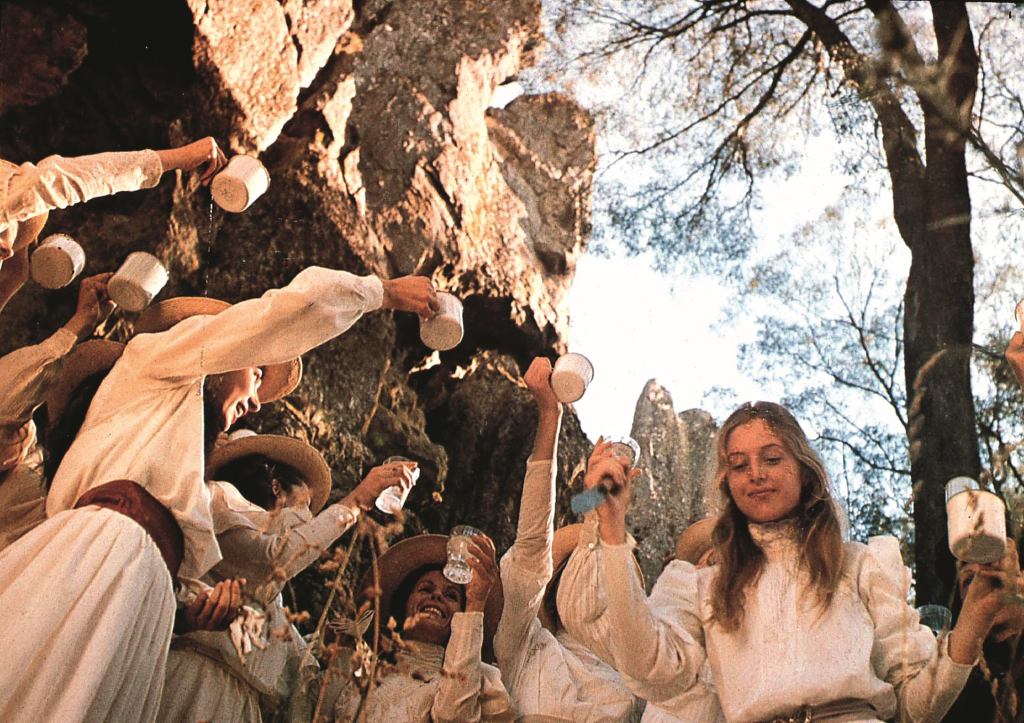
Around 80% of the content created by Flying Bark Productions is for overseas clients, although Stephen hopes there will be opportunities to create more local content in the future, such as 100% Wolf, which it made for the ABC.
“International content is more profitable, and right now, it’s more reliable too,” says Stephen. “There’s a strong demand for these shows, so our partners are willing to pay more to create them.”
When Stephen took over as CEO in 2014, the animation studio was struggling financially and much of the work was being outsourced.
“I didn’t particularly want to manage a studio that wasn’t making content in-house,” she says. “Animation typically requires a lot of technical skill. To avoid outsourcing, you need a steady pipeline of projects. It helps to create stability in terms of overheads and would mean that we could avoid having to seek funding on every project, which all takes time.”
Flying Bark Production sought to develop a global reputation by expanding into a full-service production facility – and the strategy has succeeded beyond Stephen’s expectations. It recently moved into a much bigger, high-tech facility in Sydney’s Moore Park and opened a studio in LA to strengthen its relationships with commissioning executives there.
It is currently creating content for Disney, Marvel, Netflix, Paramount and the ABC and has 500 jobs confirmed for 2024. Its highly skilled workforce includes a 2D team that uses a technique called frame-by-frame animation.
“The artists literally draw every single frame. We’re one of the few companies outside of Japan and Korea that use this traditional workflow,” says Stephen.
Capacity gap
However, the production boom in Australia has exposed a broader skills and capacity gap that must be solved before Australia can take its place as a global content hub. Difficulty recruiting crew is a common issue, and states often compete against each other for limited human resources, according to surveys by Screen Producers Australia.
And even with the addition of the new studios, Australia has less capacity than Canada and the United Kingdom – and significantly less than the United States.
Australia may be well-placed to emulate aspects of Canada’s film industry as part of its growth plan.
“Canada has a larger content industry,” says Deaner. “They have a lot of projects that come across the US border, and they also have a stronger incentive and regulation program. That’s not to say Australia can’t catch up.”
Australia is also an English-speaking nation with a dollar pegged at around the same value as the Canadian dollar. Australia has abundant sunshine for longer shooting days and a diversity of landscapes; however, Canada’s inherent advantage is its proximity to the United States.
“There’s a distance involved in getting to Australia that changes the dynamic,” says Deaner.
“Actors may be comfortable flying to Canada from the States or crossing the Atlantic to London, but it’s a bigger commitment to come to Australia. We must work harder to attract those international productions.”
In March, Screen Australia announced $1 million of funding for state screen agencies to support training and skills development programs. Stephen welcomes the initiative and hopes that more will follow.
“We’re catching up [with Canada], but we need more training and for the education providers to be better hooked into the industry,” she says. “Suits was filmed in Toronto. Australia must offer the infrastructure and capacity to handle a seven-season show like Suits, alongside many other projects.”
While a flourishing film industry will undoubtedly deliver cultural and economic benefits, some say that chasing the dreams of an ‘Aussiewood’ is misguided. Massive corporations underpin Hollywood’s studio system, and it has many extra layers of hierarchy and complexity, says Stephen. Australia’s film industry mostly involves independent filmmakers and smaller-scale production houses.
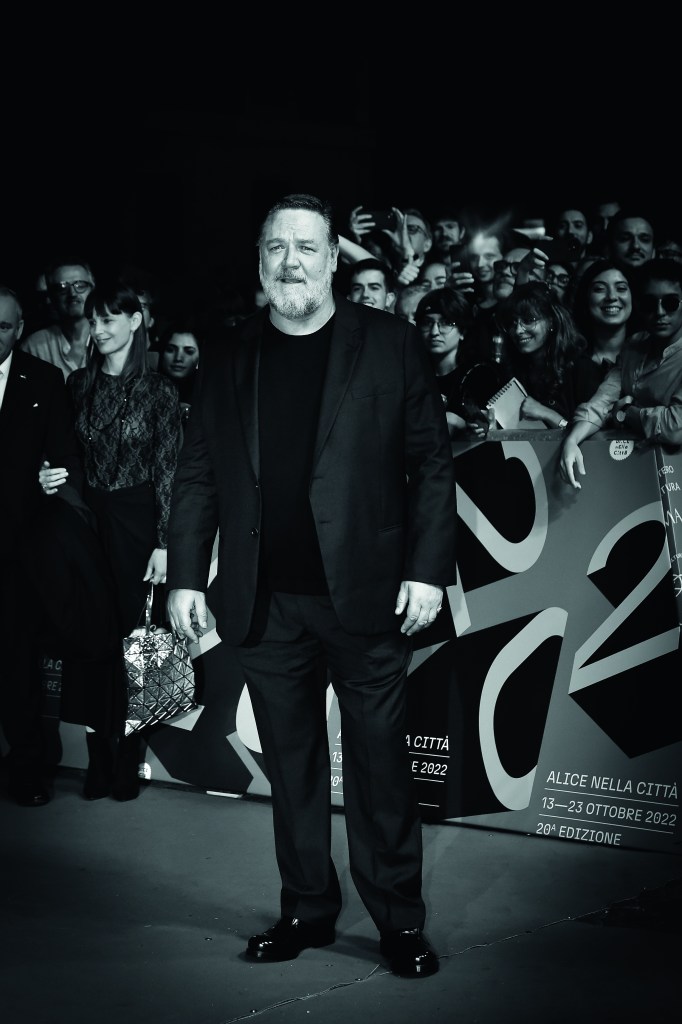
“I don’t think we want to be Hollywood,” says Stephen.
“There are clear benefits to the way we do things. We have been forced into innovation because we’re smaller. Our team and crew sizes are limited to the available workforce, so we often wear many hats: as producers, creatives and managing the financials. Hollywood delivers great quality content at scale, but there are many losses too. Australia has had to be a bit more strategic and shrewder.”
Recent blockbusters made down under
- Elvis
- Thor: Love and Thunder
- Thor: Ragnarok
- Ticket To Paradise
- Peter Rabbit
- Pirates of the Caribbean: Dead Men Tell No Tales
- Aquaman
- The Invisible Man
- Joe Exotic
- Clickbait
- Shang-Chi
- Mortal Kombat
- Young Rock
- Furiosa (upcoming)
- Kingdom of the Planet of the Apes (upcoming)
- Godzilla x Kong: The New Empire (upcoming)
A brief history of Australian cinema
- Australia created the world’s first feature-length film. ‘The Story of the Kelly Gang’ opened in cinemas on Boxing Day, 1906.
- Australia’s film industry fell into decline when state governments banned the wildly popular bushranger genre of films. “These films were banned because they portrayed the government in a negative light. It was an early form of censorship,” says Ryan.
- The first and second world wars curtailed filmmaking efforts in Australia, and then Hollywood emerged as the dominant content source. To this day, Hollywood movies dominate roughly 80% of the domestic box office, says Ryan.
- “The ‘golden era’ of Australian films began in the 1970s when the Whitlam government funded the creation of a film agency and film fund. It led to an explosion of filmmaking and produced classics like Picnic at Hanging Rock and My Brilliant Career. These were popular Australian movies that depicted the national character.”
- Many periods of boom and bust followed until a steady uptick in production began during the Covid-19 pandemic.
- A record $2.29 billion was invested in scripted dramas in Australia in 2021-22.
Issue 6 of Forbes Australia is available at newsagents now. To access all articles become a member here.
